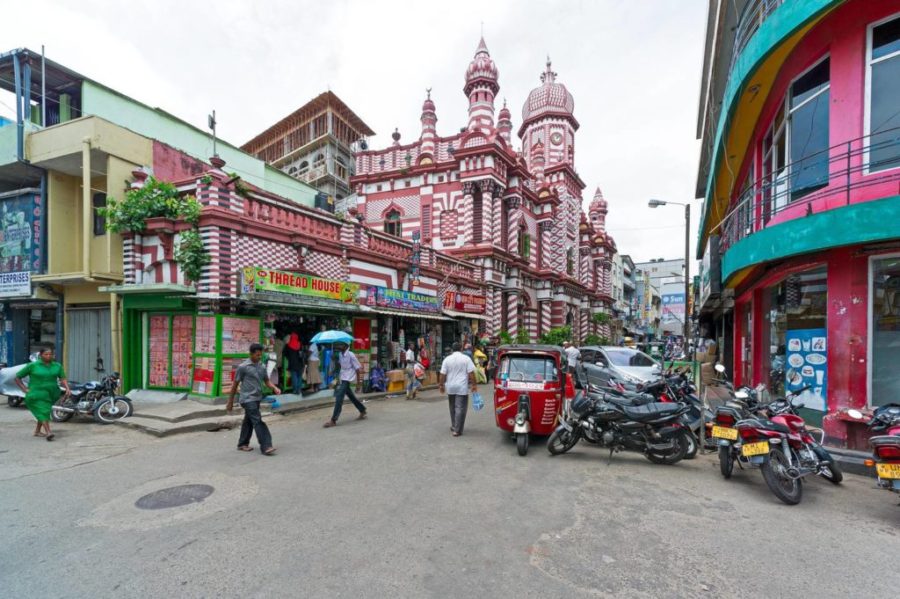
What is the inspiration behind the color of the Sri Lanka Red Mosque?
If you ask the locals how to find the Jami Ul Alfar Mosque, you will most likely meet with bewilderment. But if you ask a question about the Red Mosque (Rathu Pallia), then you will be immediately understood, writes Shahima Fahim.
Although the official name of the temple sounds like Jami Ul Alfar, many people know it precisely as the Red Mosque. Its vibrant colors and neoclassical façade seem almost rebellious compared to other green and white Muslim temples in Sri Lanka . However, since the mosque can be seen from afar, it has historically served as a reliable reference point for ships and sailors who have approached the port of Colombo for over a century.
“During the 1900s, when Sri Lanka was under British colonial rule, Muslim traders from South India regularly visited it, many of whom ended up setting up businesses here and settling in Colombo. In this regard, the need arose for a place to perform the obligatory five-fold prayers, and therefore, having bought a plot of land, the Muslims registered their charitable foundation and hired the architect H.L. Saibo Lebbe. Thus, the project of the mosque was created , and it itself was built in a year and opened in 1909, ”explains Ruzni Maulavi, coordinator and guide of the mosque.
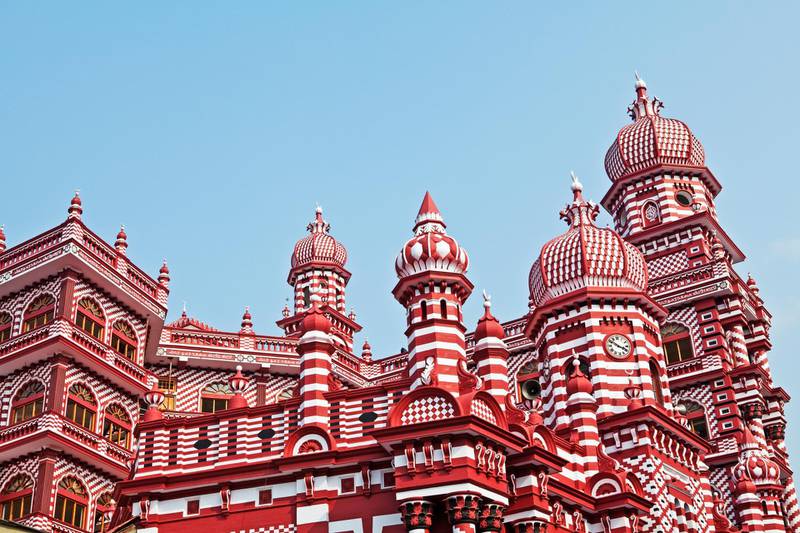
Source: Getty Images
Jami Ul Alfar’s unconventional vibrant color scheme is said to have been inspired by pomegranate seeds, and its five domes were also designed to follow the shape of the fruit. Each brick has been meticulously hand-painted with non-repeating patterns of stripes, cells, cogs and spirals.
At first it was a two-storey building, capable of accommodating only 1000 believers, but as the number of parishioners increased, it was expanded and now about 12,000 believers can pray in it at the same time. At the same time, during Friday and holiday prayers, even this turns out to be insufficient, and many pray right on the street. Before the pandemic, an average of 4000-5000 believers and about 400-500 tourists came to the mosque every day.
“Our mosque is the only one in Colombo whose doors are open to tourists . Of the five entrances to the mosque, three are for men, one for women, and the last for tourists and other visitors. We welcome people of all faiths, which is why non-Muslims often visit our mosque. They say that just being here they feel peace and tranquility, ”said Ruzni.
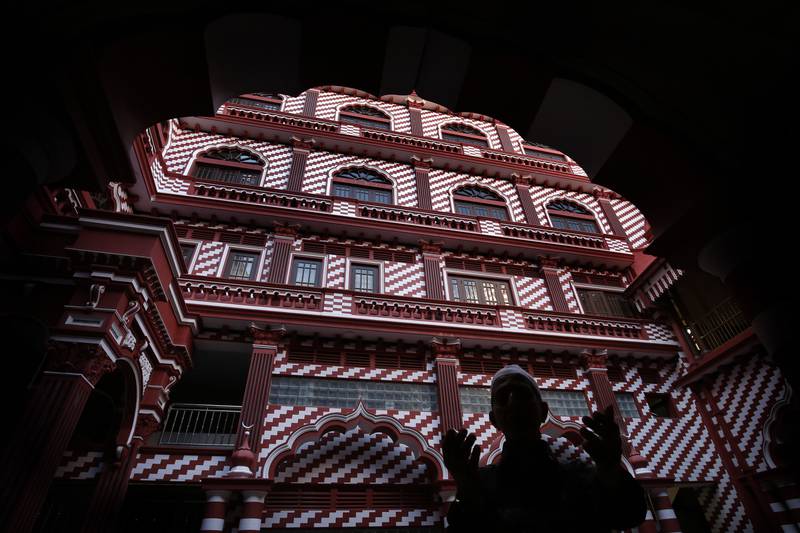
Source: EPA-EFE
Even after the Easter Sunday 2019 attacks, in which more than 250 people were killed in a series of suicide bombings in and around Colombo, the mosque operated as usual, with the exception of its tourist section.
In 2020, the pandemic has made its own adjustments. The mosque and the adjacent Petta market were closed. “For the first time in the 112-year history of the mosque, our doors had to be closed for believers. At first, the temple remained open, but visitors were required to abide by the rules set by the health authorities, but as the situation became more serious, more stringent measures had to be taken, ”says Ruzni. Still, he hopes that with the lifting of restrictions, life will return to its former course.
The Red Mosque , above all, remains a place of worship for Muslims. But beyond that, it is also a unique design monument that brings together the many ethnic and social groups of the region, contributing to the creation of Sri Lanka’s unique identity.
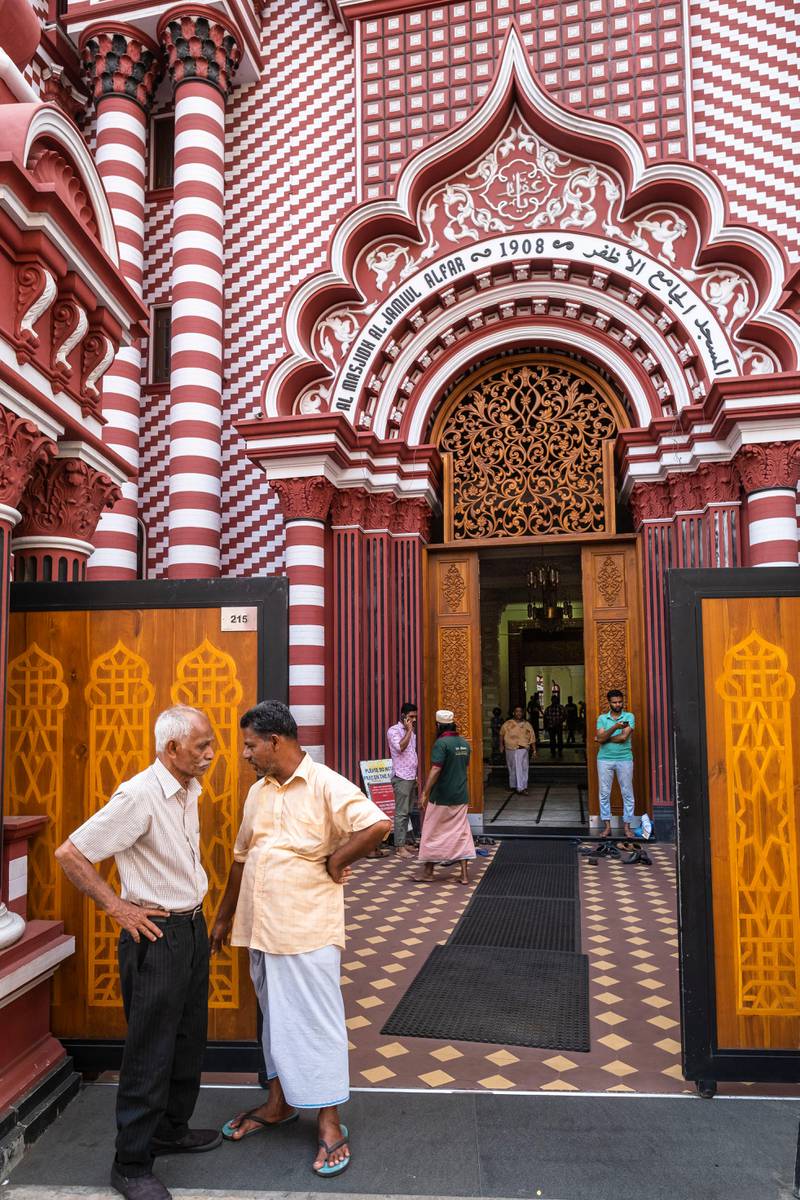
Source: Alamy Stock Photo
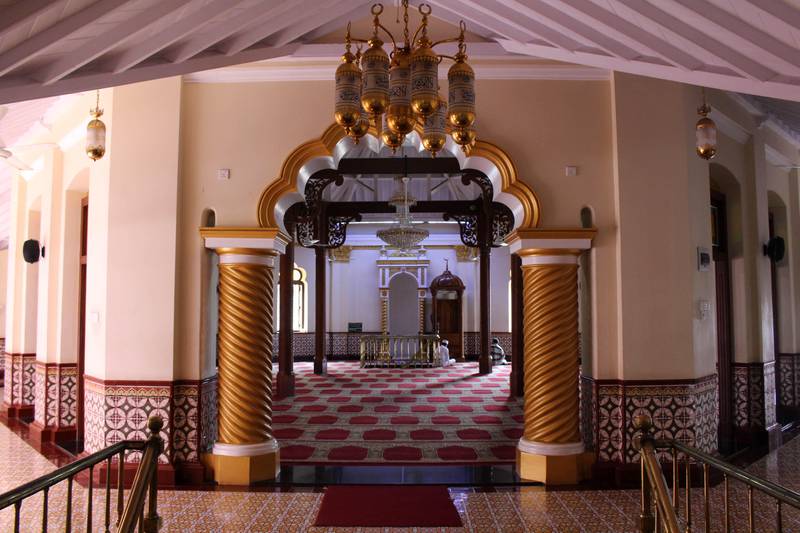
Source: Alamy Stock Photo
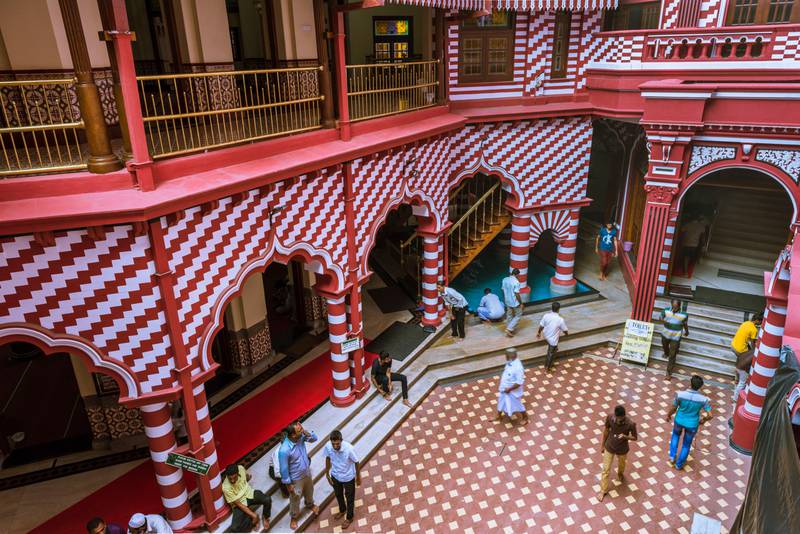
Source: Alamy Stock Photo
Islamosphere

